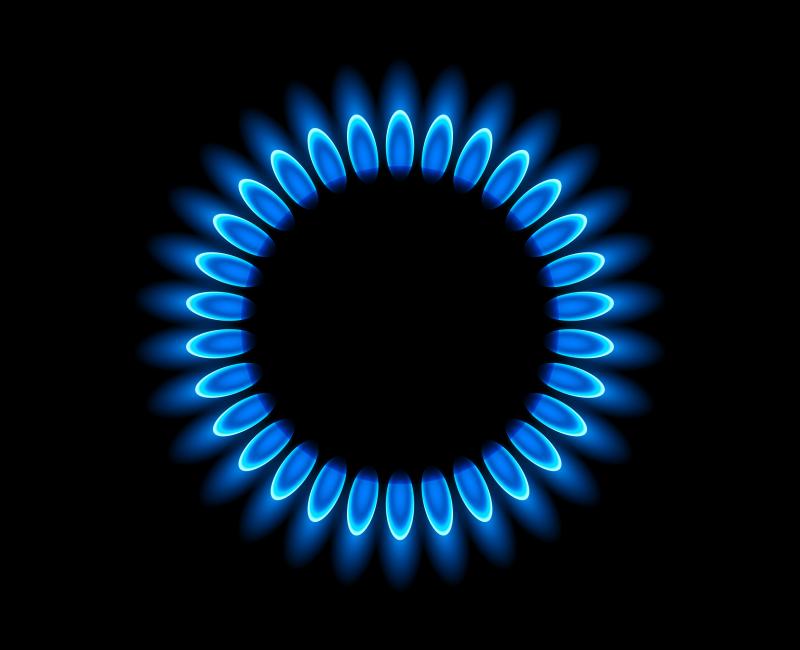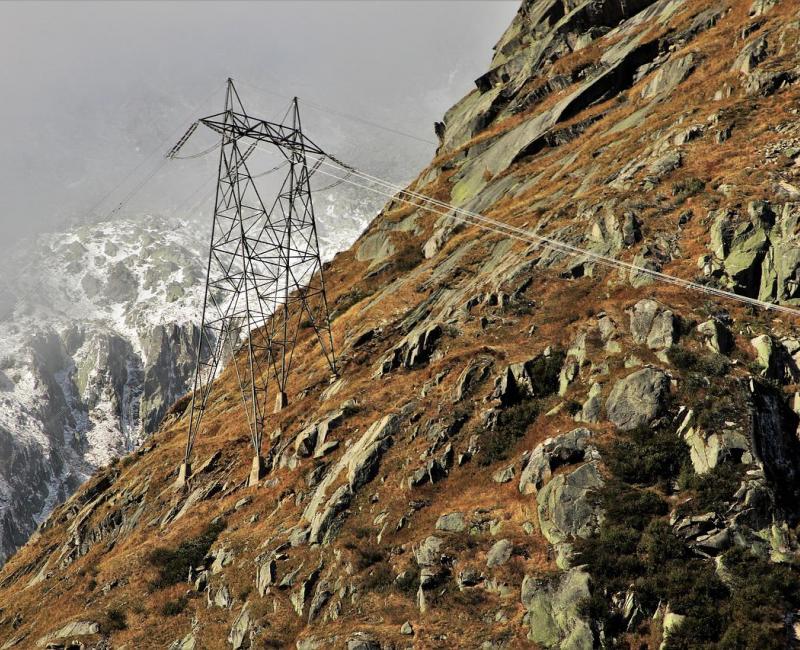ACER reports on mostly positive progress in implementing the gas balancing network code

ACER reports on mostly positive progress in implementing the gas balancing network code
What is the report about?
The EU Agency for the Cooperation of Energy Regulators (ACER) publishes today its sixth report on the gas balancing network code implementation.
ACER monitors and reports on the effective implementation of the gas balancing network code since 2016. The reports review the country assessments for each Member State, or a large sub-set of balancing zones, focusing on key features of the balancing design.
This year’s report focuses on seven balancing zones that kept transitory or interim measures or showed partial implementation of the network code in 2020.
In particular, the analysis focuses on zones that:
-
did not terminate the interim measures by April 2019 (Bulgaria, Greece, Ireland and Slovakia) or that kept transitory measures (Portugal) after the 2016 deadline; and
-
only partially implemented the code’s provisions (Finland and Romania).
What are the main findings?
The report finds that:
-
Member States have terminated all interim or transitory measures by June 2022. The only exception is Slovakia which still has interim measures.
-
Bulgaria, Finland, and Greece have progressed to a high implementation level. Ireland has improved its implementation level, which was already high.
-
Portugal, Romania, and Slovakia have still only partially implemented the code – whilst Portugal has made some progress, Romania and Slovakia have not.
What are ACER’s recommendations?
ACER welcomes the termination of the interim and transitory measures and the progress across Europe.
ACER recommends that the relevant stakeholders:
-
increase their transparency on information provision (beyond the minimum requirements); and
-
explore possible efficiency gains (e.g. via balancing zone mergers) to overcome the persisting structural market limitations that do not allow the code’s full implementation.
Would you like to find out more? Access the Report.
Gas Balancing Dashboard
Check out ACER’s new Gas Balancing Dashboard. It presents the main monitoring trends visually and allows a comparison between national balancing regimes.
Find out more on how to interact with the Dashboard.
Access the Dashboard via direct link or through AEGIS webpage.





